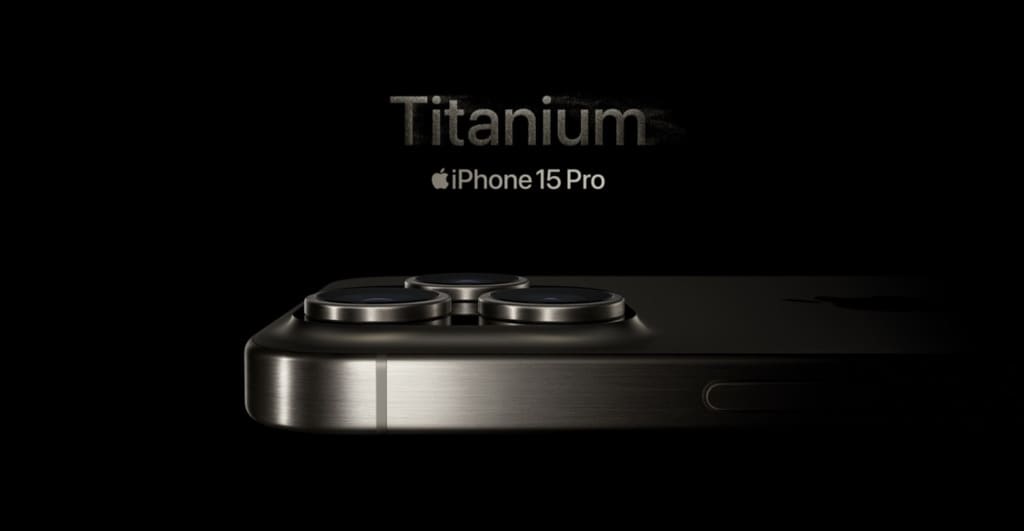Learn more about satellite television and how it compares to cable television service.
What is Satellite TV?
Satellite TV is a type of television programming that is wirelessly delivered to TV sets across the world via a network of radio signals, communications satellites, broadcast centers and outdoor antennas. Broadcast signals are transmitted from satellites orbiting the Earth and received by local and regional satellite TV systems. Graphic: blank computer with internet cables and router.
How Satellite TV service works
Satellite TV technology makes use of specialized antennas known as satellite dishes. These satellite dishes transmit signals to a satellite receiver such as a set-top box or satellite tuner module within a TV set. The programming source transmits signals to a satellite provider broadcast center and these waves are then picked up by a compact satellite dish and broadcast onto television sets.
Overview of Satellite TV Video Content Delivery
Satellite TV service can also be referred to as direct-broadcast satellite (DBS or DBSTV) service. A DBS provider will select programming—often a wide range of channels and services—and will then broadcast this content to satellite TV subscribers as part of a larger TV package. DBS programming can either be sent to a digital satellite receiver or an analog satellite receiver. Analog satellite television is slowly being replaced by digital satellite programming.sup> Digital satellite television has become increasingly available in better quality known as HD TV (high-definition television). Digitally-broadcast content is characterized by greater picture and sound quality.
Satellite stations and broadcast television stations both transmit TV programming through radio signals. Years ago, the first satellite television TV technologies were broadcast in the C-band radio frequency range. Today, digital satellite TV content is transmitted in the Ku frequency range.
To further understand the technology behind direct-broadcast satellite systems, it is important to review the top features and elements involved in direct-broadcast satellite TV video content delivery: programming sources, satellite provider broadcast centers, satellites, satellite dishes and the satellite receivers. Programming sources refer to networks or channels that offer TV shows and movies for the enjoyment of subscribers. A broadcast center plays an integral role in video content delivery. At broadcast centers, TV providers receive and send broadcast signals to satellites orbiting the Earth. Before sending out a signal, a broadcast center will convert programming into a digital stream of content. Once satellites have received and processed all of these uncompressed signals, they ultimately rebroadcast them to satellite dishes on Earth. Next, a subscriber's outdoor satellite dish will pick up the broadcast signal and transmit it to the satellite receiver located inside of a home. A satellite receiver then completes the information transmission by processing the signal and passing it on to a viewer's television set.
Cable vs. Satellite: TV Service Comparison
When it comes to TV service and programming, does cable or satellite come out on top? Years ago, it was much harder to get satellite TV service in homes across the country. Now, satellite TV technology is recognized as an available option for television viewers throughout the United States. Satellite providers offer quality programming, but are subject to weather-related disruptions.
Cable TV vs. Satellite TV
Availability
Satellite TV providers primarily service subscriber homes that have an unobstructed view of the sky, which allows for continual network coverage and uninterrupted connection via an antenna and satellite dish. Cable TV programming is available in neighborhoods where a provider can run a cable into homes. You can contact your satellite provider or satellite company directly with questions about service availability in your region.
Permission
The installation of a satellite dish and antenna on one's property may not be approved by a landlord, homeowners association or building owner. Throughout the years, restrictions have been imposed by the Federal Communications Commission (FCC) on the exact placement of direct-broadcast satellite antennas. Tenants living in multi-dwelling units, condominiums, apartment buildings, townhouse communities or cooperatives should review the latest FCC guidelines and regulations before installing antennas and satellite dishes.
Reliability and Reception
If a satellite dish or antenna is knocked out of place by inclement weather, homeowners may need to climb a roof to adjust these settings
Contracts and Agreements
Carefully review the contracts associated with a subscription to TV programming, whether satellite or cable. Are minimum term contracts mandatory or is service available without a minimum term contract? What is the duration of the contract? Are minimum term contracts required with bundled services? Will the company charge any cancellation fees associated with early termination of the contract?
Equipment
Satellite dishes are required for satellite TV service and these large dishes are affixed prominently to one's roof. If you reside in a rental property location and your landlord approves a satellite dish installation on your property, this dish may then become customer-owned equipment for you to take with you should you move. You may have to assume responsibility for any of the damage the satellite dish may have left on the property's roof, shingles or building frame. Furthermore, you may need to purchase additional satellite equipment in order to receive HD signals. Cable TV requires a cable box or DVR box with your subscription, and some cable companies will allow you to rent these items. It is recommended that you closely compare equipment costs before confirming your subscription or service order.
Installation
Do providers offer professional installation in addition to self-installation options? Satellite TV providers require dish installation that must be in clear line of sight to the sky in order to receive and transmit signals. Cable TV can be self-installed or set up by a professional.
Bundle Services
Bundling services like television, Internet, phone and home security is often a very convenient option for customers. One advantage of bundled service is a single bill. While cable TV providers frequently offer bundles, satellite TV companies may need to partner up with other carriers in order to provide Internet, phone and other services to their customers.
Online Streaming Service
If you are interested in streaming live TV and watching video content online, you may want to carefully review package details to ensure you sign on with a provider—whether Internet, cable or satellite—that offers a wide array of live TV streaming content, both in-home and on-the-go. Do you want to stream your favorite TV shows and movies online or would you prefer to watch live TV on your mobile devices?
Customer Service
Customers may have the opportunity to rank their satellite or cable companies through surveys and online questionnaires. Experts, industry peers and market research companies may also release service and support rankings to the general public.




